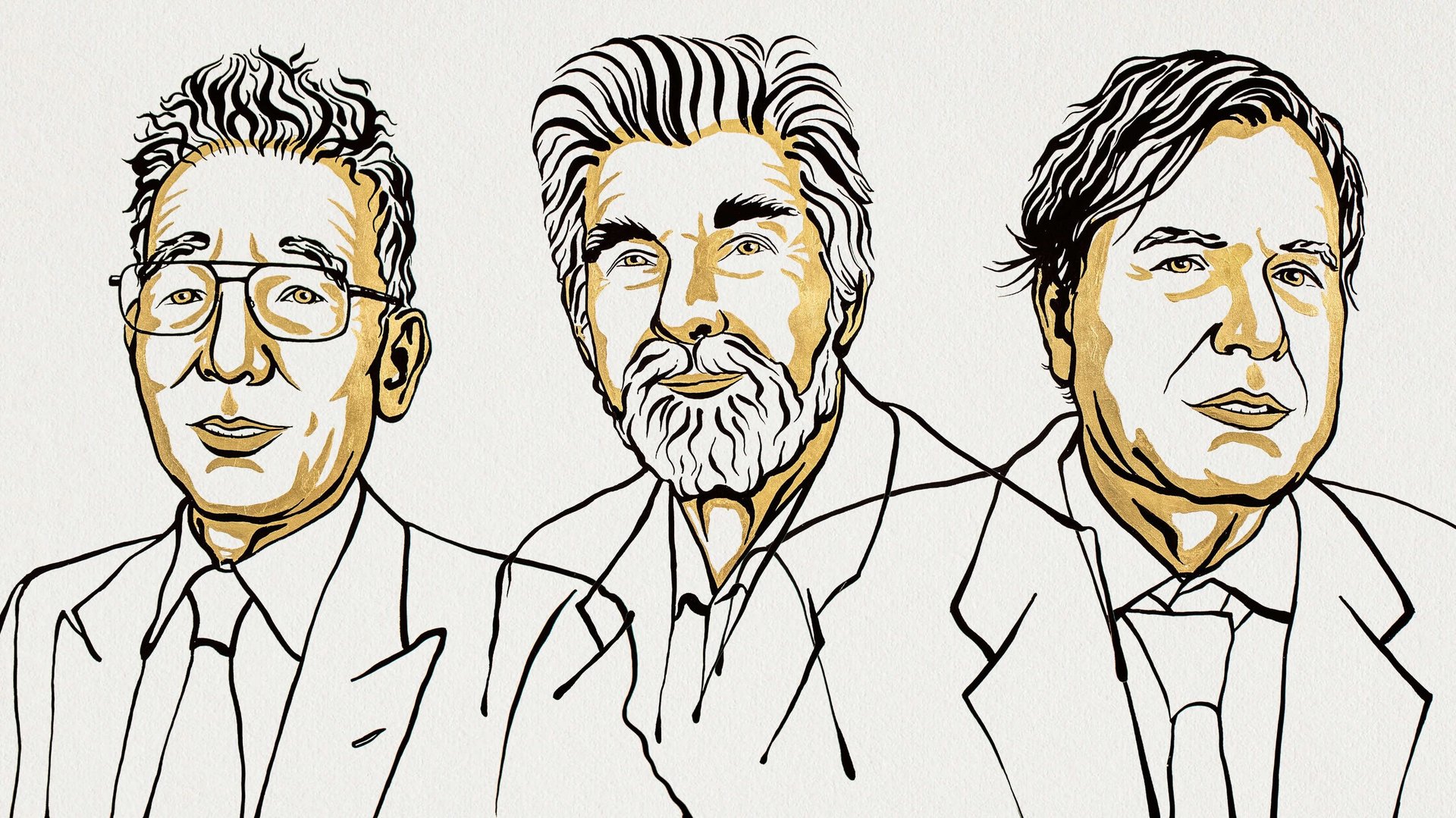The 2021 physics Nobel upholds the grim truths of climate science
When Syukuro Manabe was working on his PhD at the University of Tokyo, late in the 1950s, he was part of a team that tried to predict rainfall. The team’s methods now seem painstaking and rudimentary: testing air to see how much moisture condensed out of it, and using those measurements to extrapolate the likelihood of future rain.


When Syukuro Manabe was working on his PhD at the University of Tokyo, late in the 1950s, he was part of a team that tried to predict rainfall. The team’s methods now seem painstaking and rudimentary: testing air to see how much moisture condensed out of it, and using those measurements to extrapolate the likelihood of future rain.
And if predicting daily weather was hard, modeling the climate seemed even more daunting. You had to get the water cycle right, but you also had to know how the Earth absorbed and radiated the sun’s heat, factor a passable version of the atmosphere into the equations, and analyze how various kinds of soil held water differently. Even with early IBM computers available, it felt sometimes to Manabe as if there were too many moving parts to solve.
Manabe moved to the US in 1958 to work on climate modeling at the National Oceanic and Atmospheric Administration (NOAA) in Washington. Nearly every day, he told an interviewer, he’d go to the Library of Congress to study how he could model the land, while colleagues worked on rain and atmosphere.
Between 1967 and 1975, Manabe helped create an advanced model of the Earth’s climate, which they could run on a computer with just 0.5 megabytes of RAM—0.0125% of the RAM that an iPhone 12 has. When they tried doubling the carbon dioxide concentration in the model’s atmosphere, from 300 parts per million to 600, the average surface temperature across the world rose by nearly 3° Celsius. It was one of the first modeled confirmations of a long-held theory: that rising carbon dioxide levels will throw the climate off kilter and warm the planet.
Manabe’s predictions improved understanding of climate change
On Tuesday (Oct. 5), the Royal Swedish Academy of Sciences awarded the 2021 Nobel prize in physics jointly to Manabe and two other scientists, Klaus Hasselmann and Giorgio Parisi. The prize is a recognition of how crucial the modeling of complex systems like the Earth’s climate has been to our understanding of climate change—and of the existential challenge facing humanity today.
Manabe, now 90 years old, still works at Princeton University, under the title “Senior Meteorologist.” Hasselmann, who works at the Max Planck Institute for Meteorology in Hamburg, helped develop a model that links the daily variations of weather with the long-term trends of climate, and his methods, the Nobel press release said, “have been used to prove that the increased temperature in the atmosphere is due to human emissions of carbon dioxide.”
Hasselmann, whose earliest research interests lay in how ocean waves moved, worked on building a climate model that factored chance into its calculations—brief, natural variances in atmospheric turbulence, say. But he also derived ways to identify “fingerprints” that influenced how the climate changed. The fingerprint of a volcanic eruption is different to that of a sustained solar flare, for instance. The imprint of human activity—of our carbon emissions—is prominently visible on Hasselmann’s model and others.
Parisi, a professor at Sapienza University in Rome, worked on theories of complex systems, which includes the climate, but also the molecules of gas in a chamber, or the behavior of a flying flock of starlings. These systems are seemingly disordered: a bird might take it into its head to fly differently, molecules bounce off each other in unpredictable ways, and dizzying numbers of factors influence the climate. But within this randomness, Parisi discovered, there are hidden mathematical rules.
Finding those rules, as Parisi did, helps account for the effects of randomness in any complex system, so that the system can be comprehended better and even extrapolated into the future. Only with that kind of refinement, the Academy said in a 17-page scientific summary of the laureates’ research, “do we understand that global warming is real and attributable to our own activities.”